Table of Content
Key Findings
Executive Summary
Introduction
Patent Landscape Overview
2.1. Patent Family Analysis
2.2. Patent-Market Coverage
2.3. Geographical jurisdiction
2.4. Global Distribution of Nanobubble Patents by Generation Model
2.5. Global Distribution of Nanobubble Patents by Gas Composition
2.6. Global Nanobubbles Patent Activity by Application
Market and Competitor Analysis
3.1. Market at a Glance
3.2. Market Share of Main Players
3.3. Some of The Main Processes in Nanobubbles
3.4. Top Applicants
3.5. Analysis of Nanobubble Patent Leaders by Generation Model
3.6. Analysis of Nanobubbles Leaders by Gas Composition
3.7. Top Nanobubbles Applicants by Application
3.8. Market Coverage of Top Applicants
3.9. Top Owners
3.10. Highly-Cited Applicants
3.10. Collaboration
3.10.1. Top Ten Applicants’ collaborations
3.10.2. The strongest cooperation networks
3.11. Top applicant activity
3.12. Pioneer companies in the last 5 years
3.13. Top applicant clustering
3.14. Pending patents
Technology Analysis
4.1. Top Technologies
Executive Summary 1. Introduction 2.PL Overview 3. Technology 4. Market 5. Key Players
4.1.1. Top Technologies Trend (By Generation Model)
4.1.2. Top Technologies Trend (By Gas Composition)
4.1.3. Nanobubbles Patent Trends Across Industries (Application)
4.1.4. Top Technologies by Class
4.1.5. Top Technologies by Sub-Class
4.1.6. Top Technologies by Main-Group
4.1.7. Top Technologies by Sub-Group
4.1.8. Top Technologies and Main Trends
4.2. Five Recent dominant technologies
4.3. Key Patents
4.4. The main themes of patents
4.5. Technology clustering
4.6. Top inventors
5. Key Players’ Patent Profile
5.1. Canon KK
5.1.1. Canon KK company Overview
5.1.2. Patent family analysis
5.1.3. Top Technologies
5.1.4. Merge and Acquisitions
5.1.5. Key patents
5.1.6. Topic modeling
5.1.7. Patents clustering
5.2. Nanjing Yanchang Reaction Tech Research Institute Co. Ltd.
5.2.1. Nanjing Yanchang Reaction Tech Research Institute Co. Ltd. Overview
5.2.2. Patent family analysis
5.2.3. Top Technologies
5.2.4. Merge and Acquisitions
5.2.5. Key patents
5.2.6. Topic modeling
5.2.7. Patents clustering
5.3. AquaSolution Corp
5.3.1. AquaSolution Corp. Overview
5.3.2. Patent family analysis
Executive Summary 1. Introduction 2.PL Overview 3. Technology 4. Market 5. Key Players
5.3.3. Top Products
5.3.4. Top Technologies
5.3.5. Merge and Acquisitions
5.3.6. Key patents
5.3.7. Topic modeling
5.3.8. Patents clustering
5.4. Toshiba Lifestyle Products & Services Corporation
5.4.1. Toshiba Lifestyle Products & Services Corporation Overview
5.4.2. Patent family analysis
5.4.3. Top Products
5.4.4. Top Technologies
5.4.5. Collaboration
5.4.6. Merge and Acquisitions
5.4.7. Key patents
5.4.8. Topic modeling
5.4.9. Patent Clustering
5.5. Panasonic Corporation
5.5.1. Panasonic Corporation Overview
5.5.2. Patent family analysis
5.5.3. Top Technologies
5.5.4. Collaboration
5.5.5. Merge and Acquisitions
5.5.6. Key patents
5.5.7. Topic modeling
5.5.8. Patents clustering
5.6. Haier Smart Home Co., Ltd
5.6.1. Haier Smart Home Co., Ltd. company Overview
5.6.2. Patent family analysis
5.6.3. Collaboration
5.6.4. Merge and Acquisitions
5.6.5. Key patents
5.7. Moleaer Inc.
5.7.1. Moleaer Inc. company Overview
Executive Summary 1. Introduction 2.PL Overview 3. Technology 4. Market 5. Key Players
5.7.2. Patent family analysis
5.7.3. Top Products
5.7.4. Top Technologies
5.7.5. Collaboration
5.7.6. Merge and Acquisitions
5.7.7. Key patents
5.7.8. Topic modeling
5.7.9. Patents clustering
5.8. Rinnai Corporation
5.8.1. Rinnai Corporation company Overview
5.8.2. Patent family analysis
5.8.3. Top Products
5.8.4. Top Technologies
5.8.5. Collaboration
5.8.6. Merge and Acquisitions
5.8.7. Key patents
5.8.8. Topic modeling
5.8.9. Patents clustering
5.9. Ilsung Synthesie Machinery Co., Ltd
5.9.1. Ilsung Synthesie Machinery Co., Ltd. Overview
5.9.2. Patent family analysis
5.9.3. Top Processes
5.9.4. Top Technologies
5.9.5. Collaboration
5.9.6. Merge and Acquisitions
5.9.7. Key patents
5.9.8. Topic modeling
5.9.9. Patents clustering
5.10. Sharp KK
5.10.1. Sharp KK company Overview
5.10.2. Patent family analysis
5.10.3. Top Technologies
5.10.4. Collaboration
Executive Summary 1. Introduction 2.PL Overview 3. Technology 4. Market 5. Key Players
5.10.5. Merge and Acquisitions
5.10.6. Key patents
5.10.7. Topic modeling
5.10.8. Patents clustering
Disclaimer
Description
The Nanobubbles Patent Landscape Report provides an in-depth patent landscape analysis, covering 15,869 patents from 2010 to 2024, collected across major global jurisdictions. This comprehensive dataset is derived from international patent filings and includes details on market sales trends, growth projections, and technology clustering, forming the basis for examining the evolution of nanobubble technologies. By integrating both quantitative and qualitative data, the report establishes a solid foundation for assessing patent applications, technological advancements, and market growth in the nanobubbles sector. This multifaceted approach supports insights into current competitive positioning and potential areas for future expansion in nanobubble-based water treatment, agriculture, food, healthcare, and energy applications.
The report is organized into key sections, each offering critical insights into various aspects of the nanobubbles industry. The primary sections include the Patent Landscape Overview, Market and Competitor Analysis, Technology Analysis, and Key Players. Each section provides a unique viewpoint designed to support strategic decisions for research, investment, and competitive positioning within the nanobubbles domain.
Landscape Overview
The landscape overview presents a clear picture of patent activity in nanobubbles, tracing trends from 2010 to 2024. The analysis reveals steady growth in patent filings, with a notable acceleration after 2016 and a peak in 2022 with over 1,700 new patents. China leads globally with 6,928 patents, followed by the United States with 3,214 patents, while Japan, South Korea, and Europe also show notable contributions. The strong growth trend indicates a surge in R&D and commercial interest, with most recent filings expected to translate into new market-ready nanobubble products in the coming years.
Market Analysis Section
The market analysis section explores the commercial dimensions of the nanobubbles sector, including global market value, sales trends, and regional segmentation. The nanobubbles market was valued at USD 100 million in 2023 and is projected to grow at a 28% CAGR through 2030. Water and wastewater treatment accounts for the largest share of commercial applications, followed by agriculture, aquaculture, and food processing. The Asia-Pacific region, particularly China and Japan, leads in deployment, followed by North America and Europe. Aligning market data with patent activity reveals strong overlaps between regions of high R&D intensity and emerging commercial adoption, highlighting growth potential in environmental remediation and healthcare applications.
Technology Analysis Section
The technology analysis section reviews core areas in nanobubble innovation, such as generation systems, dissolution and stability enhancement, and application-specific integration. Top IPC categories include C02F1/00 (treatment of water, wastewater, or sewage), B01F3/04 (mixing gases with liquids), and A61K33/00 (medicinal preparations containing inorganic active ingredients). Leading technology trends include nanobubble generators for industrial-scale applications, oxygen and ozone nanobubble systems for sterilization, and advanced monitoring systems for nanobubble size and concentration. This section pinpoints the technology clusters and dominant patent themes shaping the next generation of nanobubble innovations.
Top Player Section
The top player section offers insights into leading organizations in nanobubble innovation, such as Moleaer Inc., Ebara Corp., Mazzei Injector Company LLC, Idec Co. Ltd., and Osaka Gas Co. Ltd. Each player is profiled by patent holdings, technology focus, and market reach. For instance, Moleaer Inc. leads in nanobubble generation and application systems for agriculture and water treatment, while Ebara Corp. emphasizes high-efficiency generators and integration with environmental engineering solutions. The report also maps collaboration networks among key players, showing how strategic alliances and research partnerships are accelerating innovation and expanding market presence.
Overall, the report provides a comprehensive view of the nanobubbles industry—from patent and market trends to competitive dynamics and technological priorities. Each section interlinks to present a cohesive understanding of the state and future direction of nanobubble science and commercialization. By blending patent data, market insights, and in-depth analysis of key technologies and players, the report functions as an essential guide for stakeholders in R&D, policy-making, and investment who aim to leverage advancements in nanobubbles for market success.
What You Will Get:
120+ Pages PDF Full Report
40+ Pages PDF Slides
Excel File of each figure including extended data
People Who Might Be Interested in the Report:
Chief Marketing Officer
Business Development Professionals
Corporate Strategy Executives
R&D and Innovation Officers
Investment Analysts
Product Managers
Marketing Directors
Sales Directors
Vice President – Sales
Vice President – Marketing
Heads of Marketing
Analysts
Corporate Planning Professionals
Product Marketing Managers
Market Intelligence Experts
Heads of Innovation
Strategy Heads
Chief Operating Officers
Business Analysts
Sales Consultants
Academics


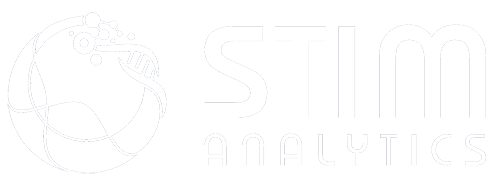
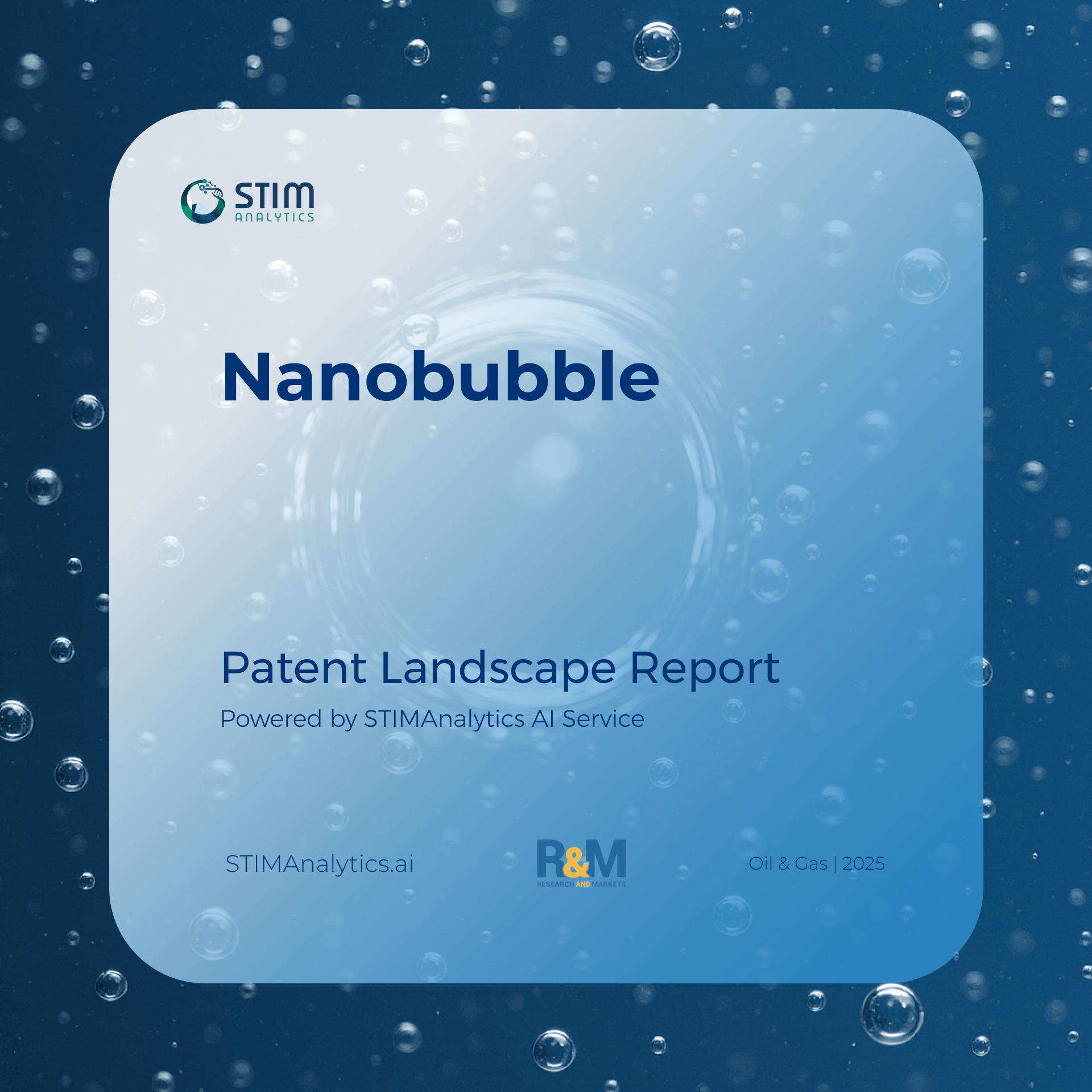
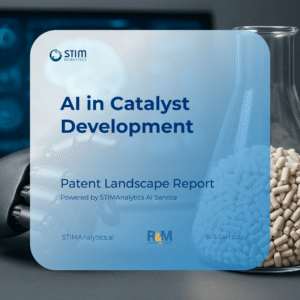
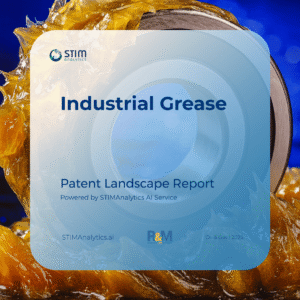
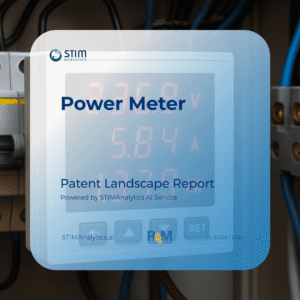

Reviews
There are no reviews yet.